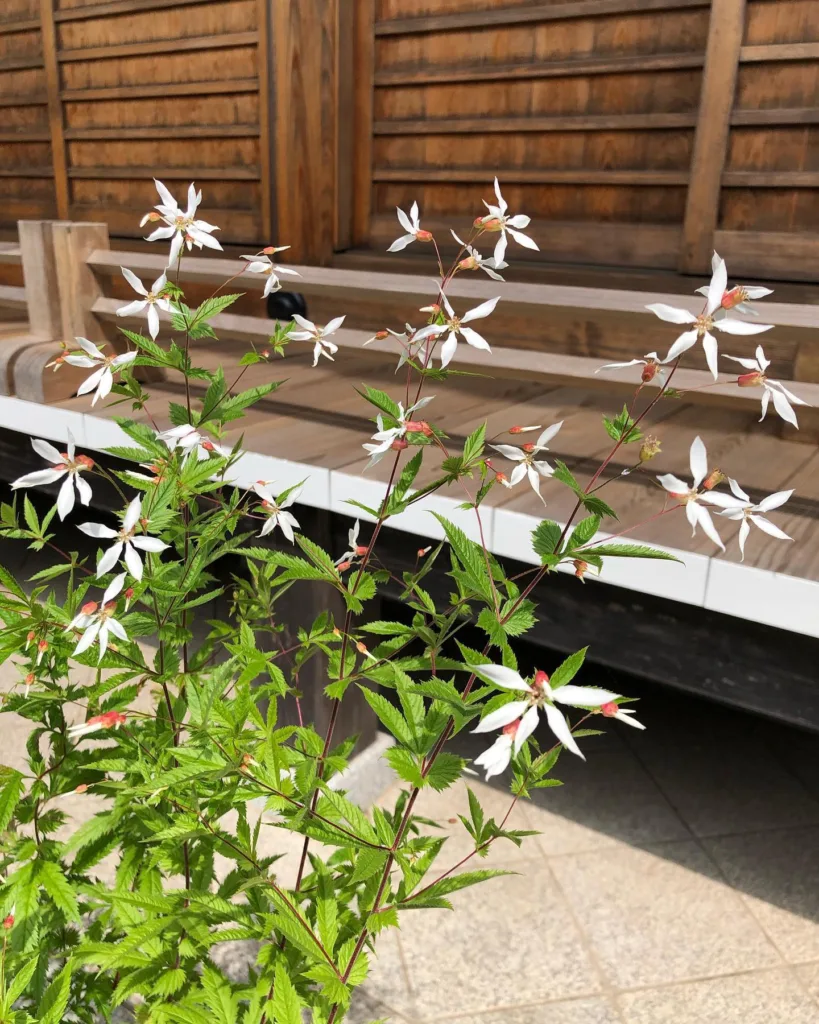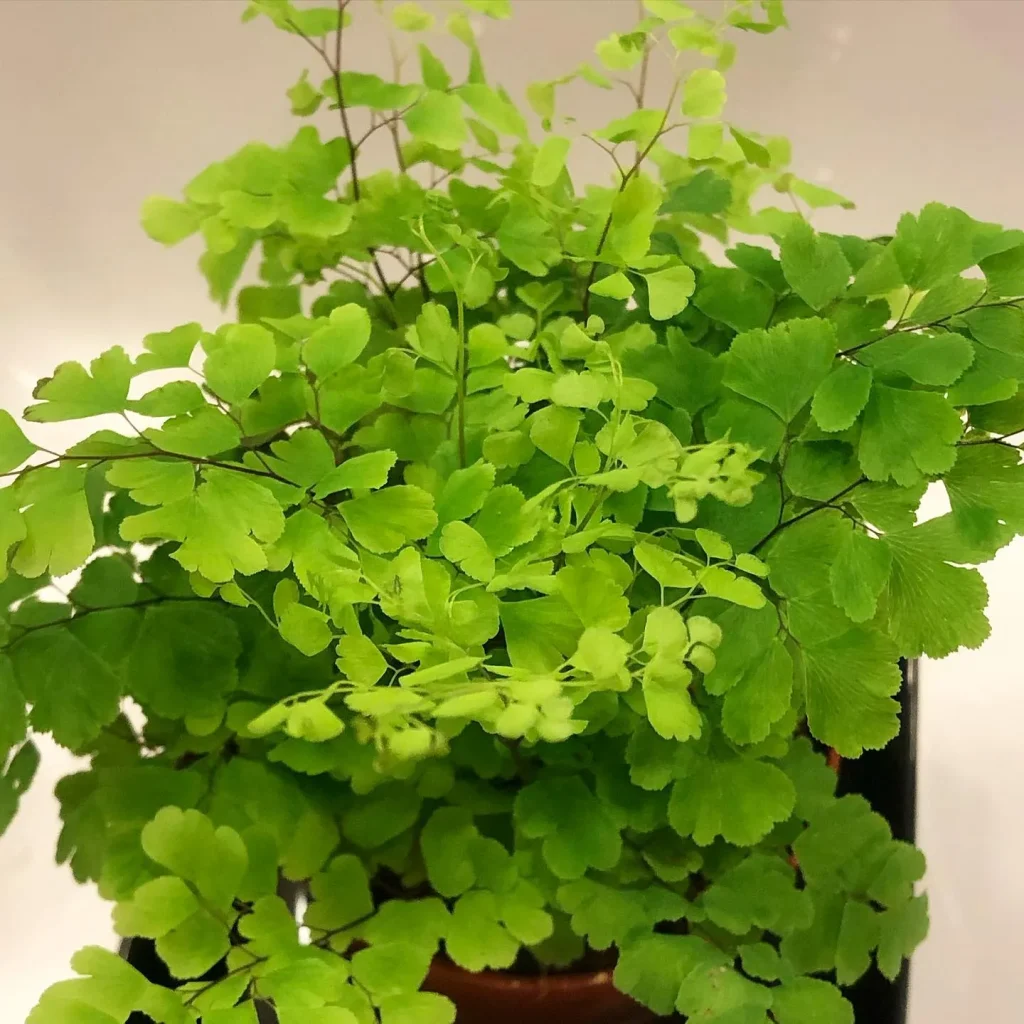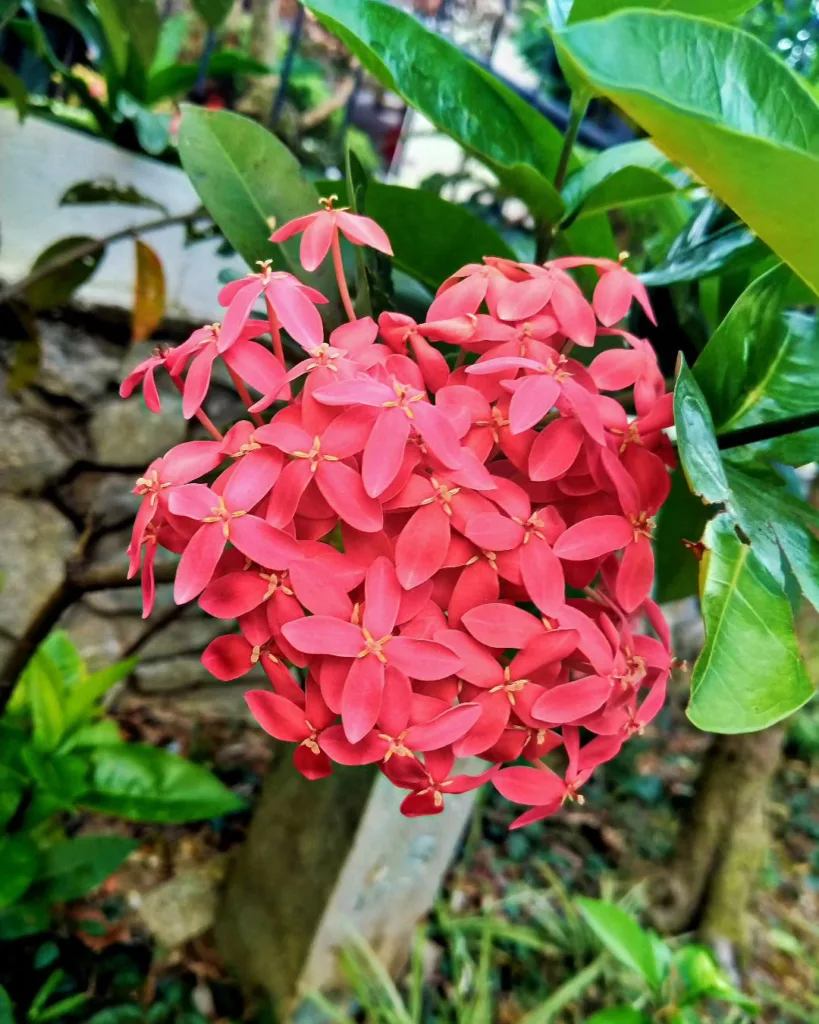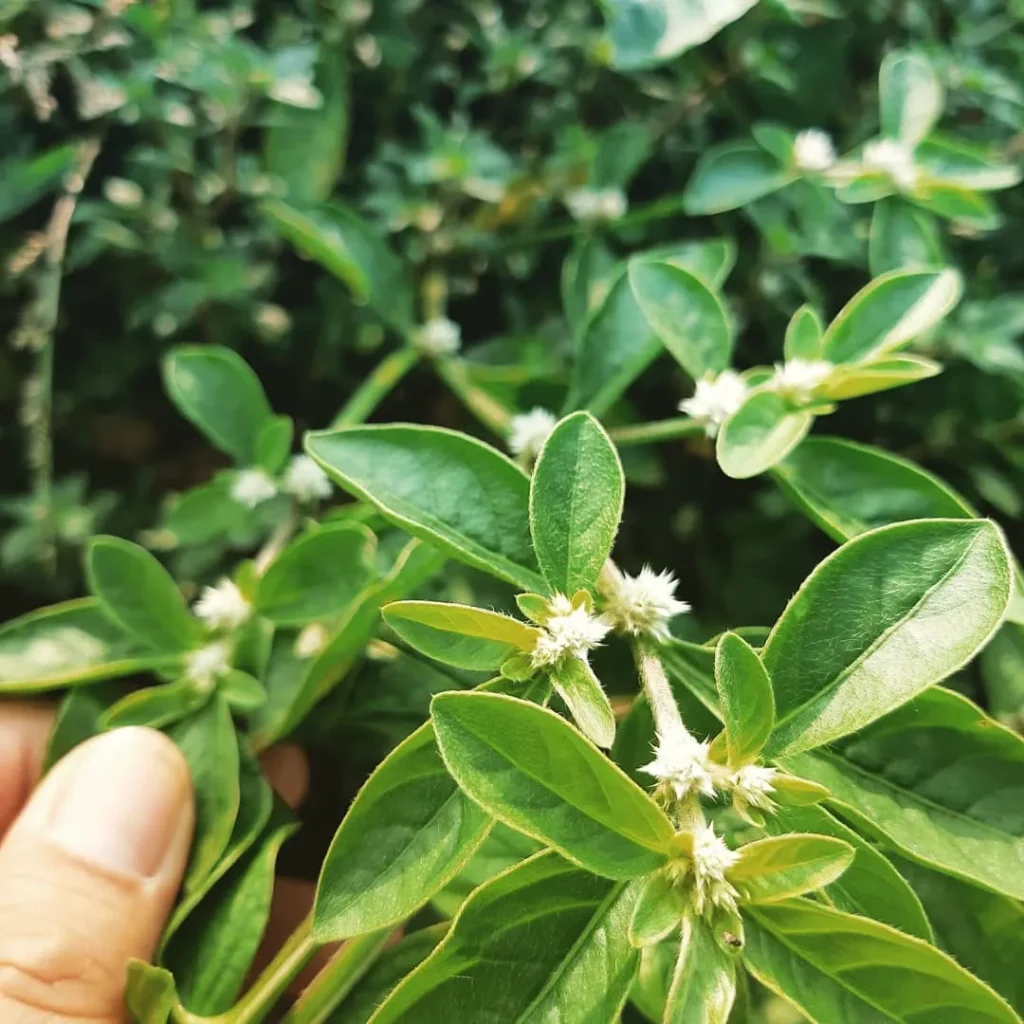Hoya Plicata: A Collector’s Dream with Unassuming Beauty
Hi, Ferb Vu here. Today, we’re diving into the world of Hoya Plicata, a captivating succulent vine coveted by collectors for its unique charm. This isn’t your average houseplant. Hoya Plicata boasts a character all its own, and with a little TLC, it can become a treasured addition to your indoor oasis.
What is Hoya Plicata?
Hoya Plicata, also known as the Waxflower, is a tropical epiphytic vine native to Southeast Asia. It thrives in warm, humid environments, clinging to trees and other structures in its natural habitat. As a houseplant, it offers a cascade of glossy, dark green leaves with a distinctive pleated texture, earning its namesake. Some varieties even boast a touch of variegation, adding another layer of visual interest.
566 Species in Genus Hoya
Light and Location:
Hoya Plicata prefers bright, indirect sunlight. Direct sun can scorch the leaves, so avoid south-facing windows. East or west-facing windows with sheer curtains are ideal. In lower light conditions, growth may slow, and flowering is less likely.
Let’s Talk Water:
One of the biggest advantages of Hoya Plicata is its tolerance for neglect. It’s a champion for those who forget to water their plants. The key is to allow the soil to dry completely between waterings. Overwatering is a surefire way to invite root rot. When you do water, soak the soil thoroughly until water runs out the drainage holes.
Temperature and Humidity:
Hoya Plicata thrives in warm temperatures, ideally between 65°F and 80°F (18°C and 27°C). Avoid letting it dip below 55°F (13°C). While it tolerates average household humidity, it truly shines in a more humid environment. Grouping your Hoya Plicata with other humidity-loving plants or using a pebble tray filled with water can help create a more comfortable atmosphere.
Feeding Frenzy? Not Quite.
Hoya Plicata isn’t a heavy feeder. A balanced, diluted fertilizer applied once a month during the growing season (spring and summer) is sufficient. During the winter months, feeding can be stopped altogether.
So, How About Flowers?
The real magic of Hoya Plicata happens when it blooms. Clusters of fragrant, star-shaped flowers emerge in shades of pale orange or cream, often with a contrasting red corona in the center. The blooms have a sweet, honey-like fragrance that adds another dimension to its charm. However, flowering can be a bit unpredictable. Providing the right light, avoiding overwatering, and maintaining a mature plant can increase your chances of witnessing this floral display.
Is Hoya Plicata Different from Other Hoyas?
There are over 200 species in the Hoya genus, each with its own unique characteristics. Hoya Plicata is known for its:
- Pleated leaves: This is a defining feature that sets it apart from other Hoyas.
- Compact growth: Compared to some fast-growing Hoyas, Plicata grows at a moderate pace.
- Lower maintenance needs: Its tolerance for neglect makes it a good choice for beginner plant parents.
Plant Pals or Potential Problems?
Hoya Plicata is generally considered non-toxic to humans and pets, according to the ASPCA [American Society for the Prevention of Cruelty to Animals]. However, it’s always best to supervise pets around plants and avoid letting them chew on the leaves.
Troubleshooting Common Issues:
- Leaves Curling: This can be a sign of underwatering. Give your plant a thorough drink and see if it perks up.
- Leaf Drop: Sudden leaf drop can be caused by stress, such as repotting or a sudden change in environment. Ensure proper watering and adjust lighting as needed.
- Mealybugs: These sap-sucking insects can appear as white, cottony clusters on the leaves. Treat them with insecticidal soap or neem oil.
Sharing the Love: Propagation
Hoya Plicata can be propagated through stem cuttings. Take a healthy stem tip with a few nodes, remove the lower leaves, and pot it in a well-draining potting mix. Keep the soil moist but not soggy and provide indirect light. With patience, your new Hoya Plicata should start to develop roots within a few weeks.
Hoya Plicata: A Rewarding Addition
Hoya Plicata offers a unique combination of low maintenance, beautiful foliage, and fragrant blooms. Whether you’re a seasoned plant collector or just starting your indoor jungle journey, this charming vine is sure to add a touch of elegance and personality to your space.
Beyond the Basics:
For those who want to delve deeper into Hoya Plicata care, here are some additional tips:
- Potting and Repotting: Choose a pot with good drainage. A terracotta pot allows for better air circulation around the roots. Repot only when the plant outgrows its current container, typically every 2-3 years.
- Support Systems: As a vining plant, Hoya Plicata appreciates some support to climb and sprawl. A moss pole, trellis, or hanging basket can provide the perfect structure for it to showcase its cascading beauty.
- Winter Care: During the winter months, when growth slows and light is weaker, reduce watering even further. Allow the soil to dry almost completely before watering again.
Showcasing Your Hoya Plicata:
With its unique foliage, Hoya Plicata makes a statement on its own. But here are some ideas to elevate its presence:
- Group it with complementary plants: Combine it with other trailing plants like Pothos or Philodendron for a lush, cascading effect.
- Terrarium life: Hoya Plicata’s tolerance for humidity makes it a suitable candidate for a well-ventilated terrarium.
- Let it climb: Train it to climb a moss pole or trellis for a dramatic vertical display.
Conclusion:
Hoya Plicata is more than just a pretty face. It’s a resilient, low-maintenance plant that rewards patient care with captivating foliage and fragrant blooms. With a little understanding of its needs, you can cultivate a thriving Hoya Plicata that will bring you joy for years to come.
If i die, water my plants!



